Under the Southern Sky, Traveling Beyond the Volcano
第二章:南空の下、旅して火の山を越えて
Table of Contents
📍 1. Windswept at Te Mata Peak
Our travel resumed like the second verse of a half-forgotten song — softer, more thoughtful. We left behind the vineyards of Martinborough, where promises had thinned like morning fog, and steered our way northeast to Hastings. There, the landscape opened its arms to us with a quiet kind of grandeur.
It was at Te Mata Peak that I paused, breath hitched by the sudden immensity of everything before me. The land below rolled and folded like layers of velvet — golden, mossy, ancient. Light broke through the clouds not in rays, but in whispers, gently brushing each hill, each fence line, each stream as if painting blessings.
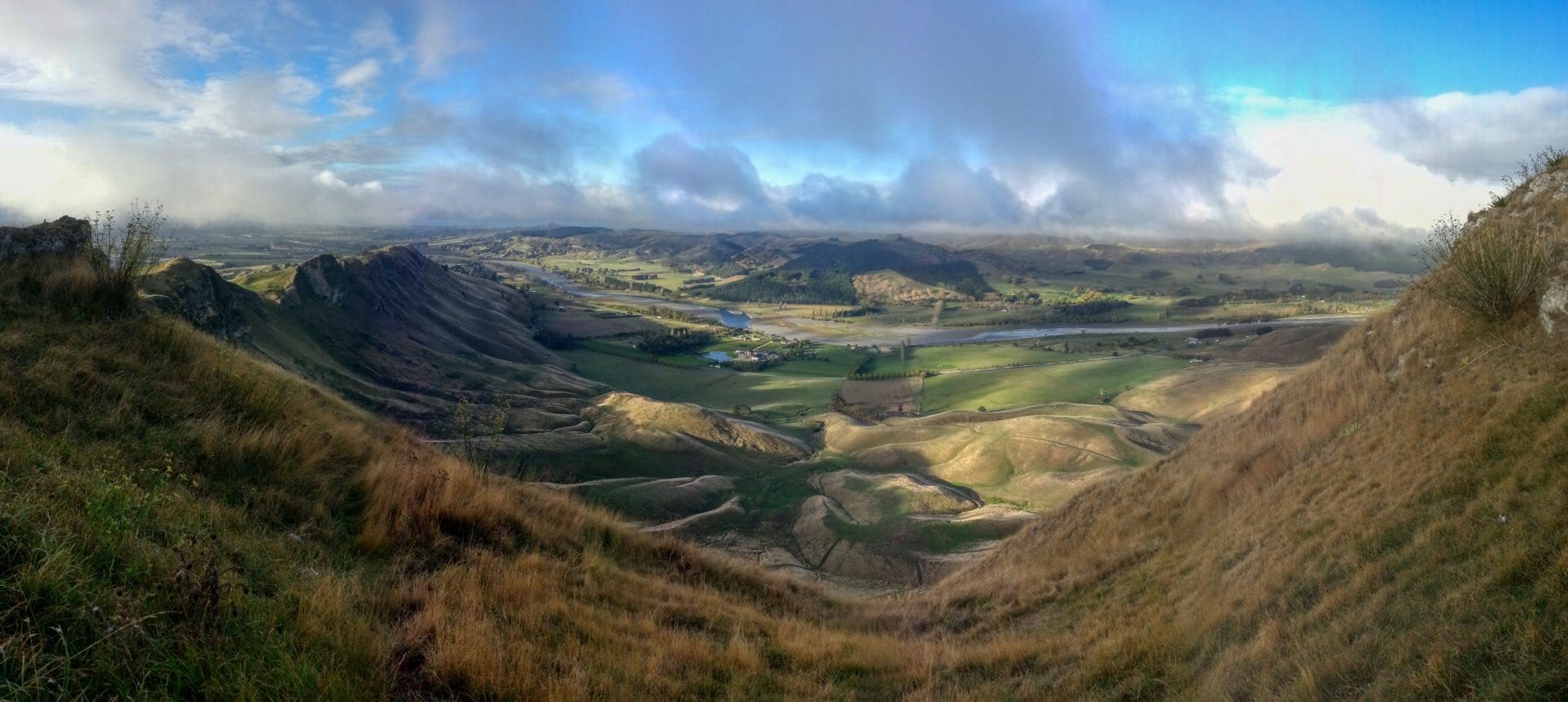
We stood still, barely speaking. The only sound was the wind, lifting from the valley and curling around our jackets. That moment didn’t ask for interpretation. It simply was. A still frame in our journey, hung high above the clamor of cities and job hunting. If beauty could offer a kind of silence, this was it.
Somehow, the hills below felt like stories waiting to be walked upon. I remember thinking: New Zealand isn’t just a country — it’s a feeling.
🥝 2. A Week of Kiwi Gold
After the sacred calm of Te Mata, the rhythm of work returned. But travel, we had learned, was more than just chasing landscapes — it was about living inside them.
The next week unfolded beneath low-hanging vines in Hastings, where the famous golden kiwifruits ripen quietly under the Hawke’s Bay sky. This region, together with Te Puke, forms the heart of New Zealand’s kiwi industry — a quiet engine that feeds fruit to the world.
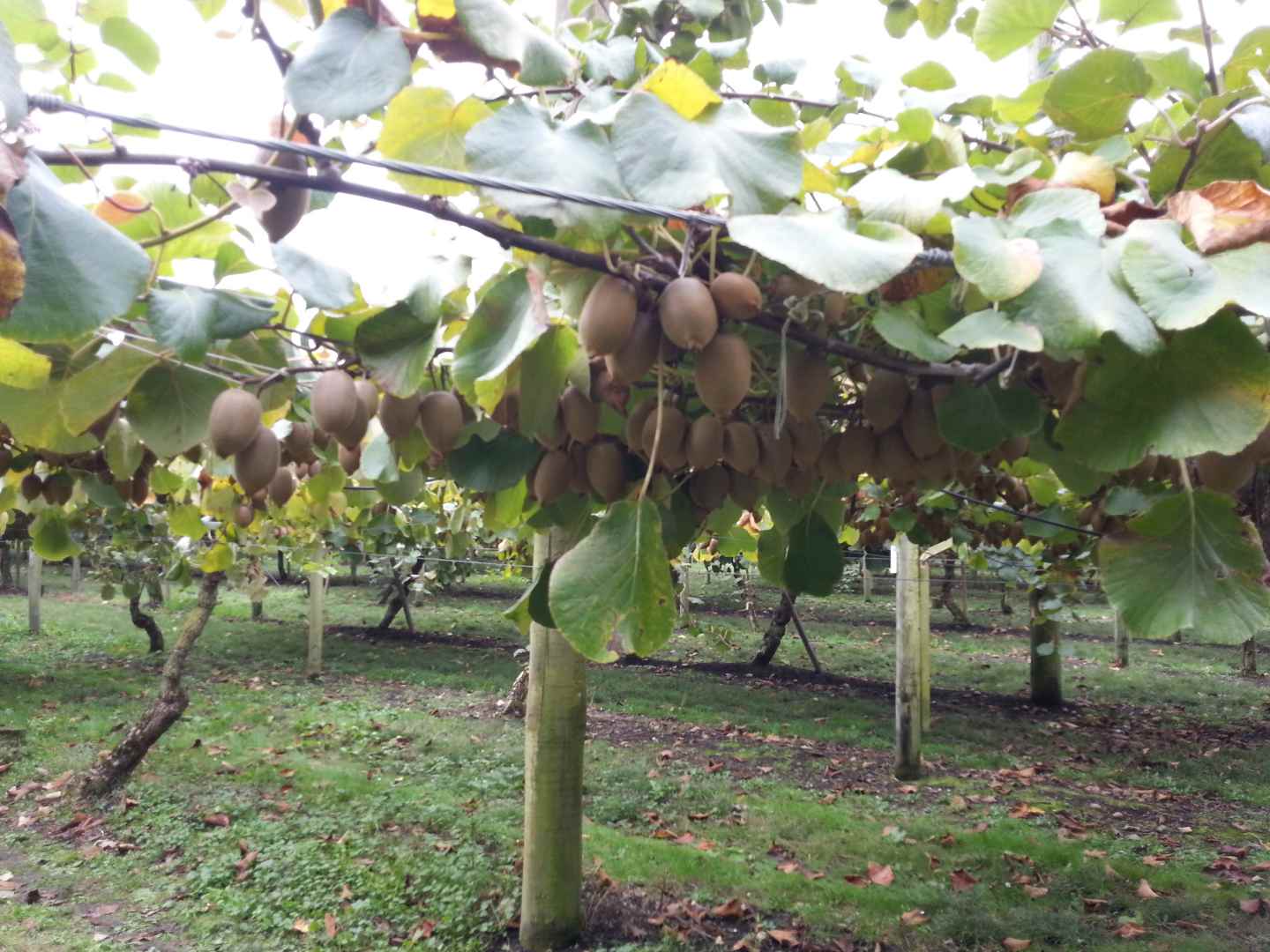
Kiwi picking was no romantic walk through the orchard. Each morning, I strapped on a wide canvas bag, its empty shell hanging lightly at first. The vines, standing at just over 1.6 meters, forced us into a slow, crouched waltz through the leaves, twisting each fruit free by hand. As the bag filled, the weight grew — 10, 15, 20 kilograms — pressing against my chest like a silent test of endurance.
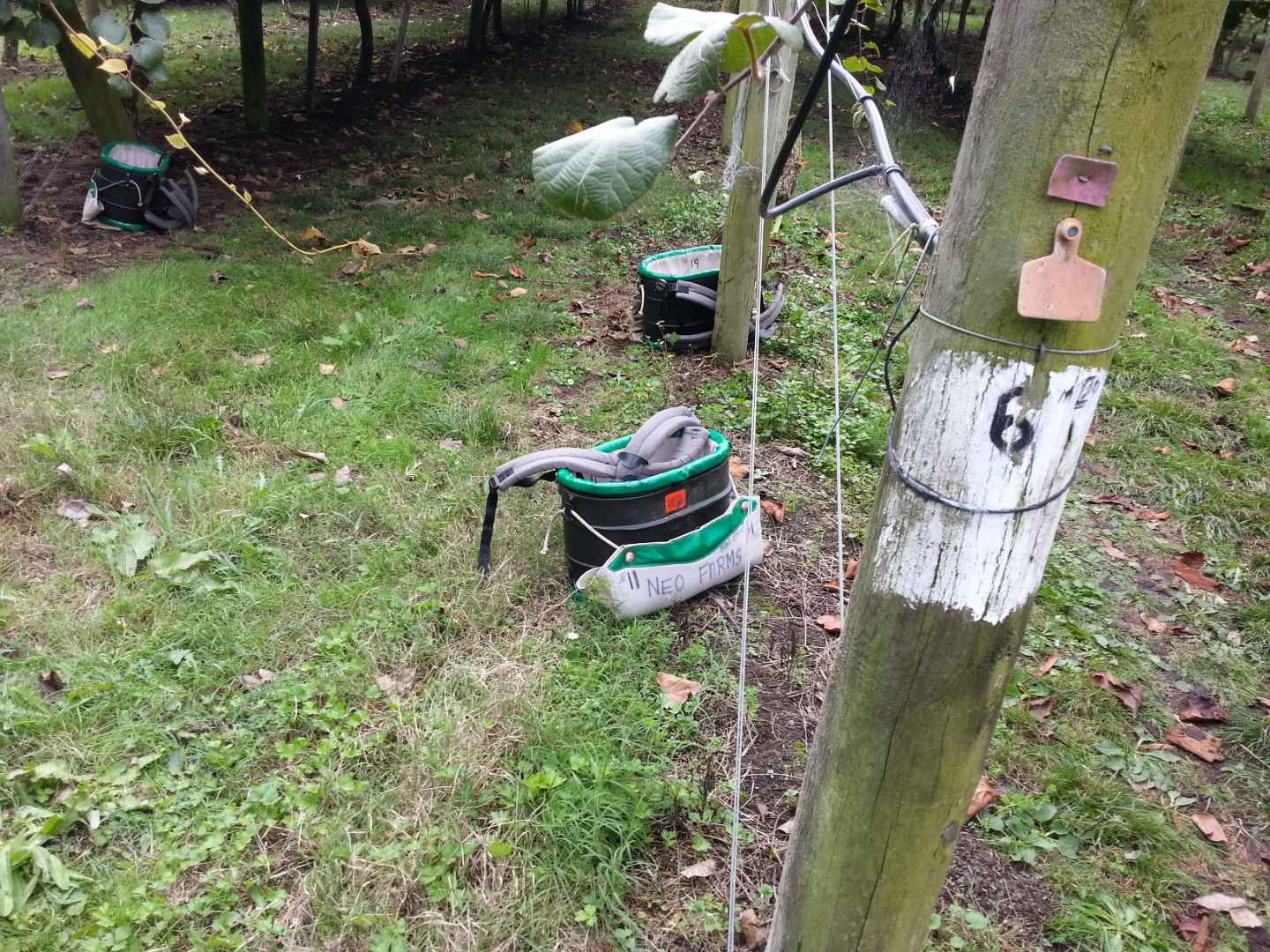
Bending, reaching, lifting. Again and again. I could feel the ache creeping into my shoulders by midday, a new language carved into my muscles. And yet, there was something meditative about it — the repetition, the earthy scent of the leaves, the soft thud of fruit into sack. We were anonymous workers in a quiet world, briefly rooted in the soil of this place.
The jobs were inconsistent, and after a week, the season seemed to shift without warning. Still, in that brief window, we tasted what it meant to be part of a cycle — of harvest, of labor, of quiet purpose.
🌊 3. On Clifftops and Quiet Shores
On one of our rare days off from the orchard, we decided to travel and hike up Bluff Hill, seeking a view over the Bay of Plenty. The trail meandered quietly through what seemed to be private farmland, scattered with fences and the occasional startled sheep. Our legs ached from days of kiwi picking, and each step uphill tugged at tired muscles still remembering the weight of full harvest bags.
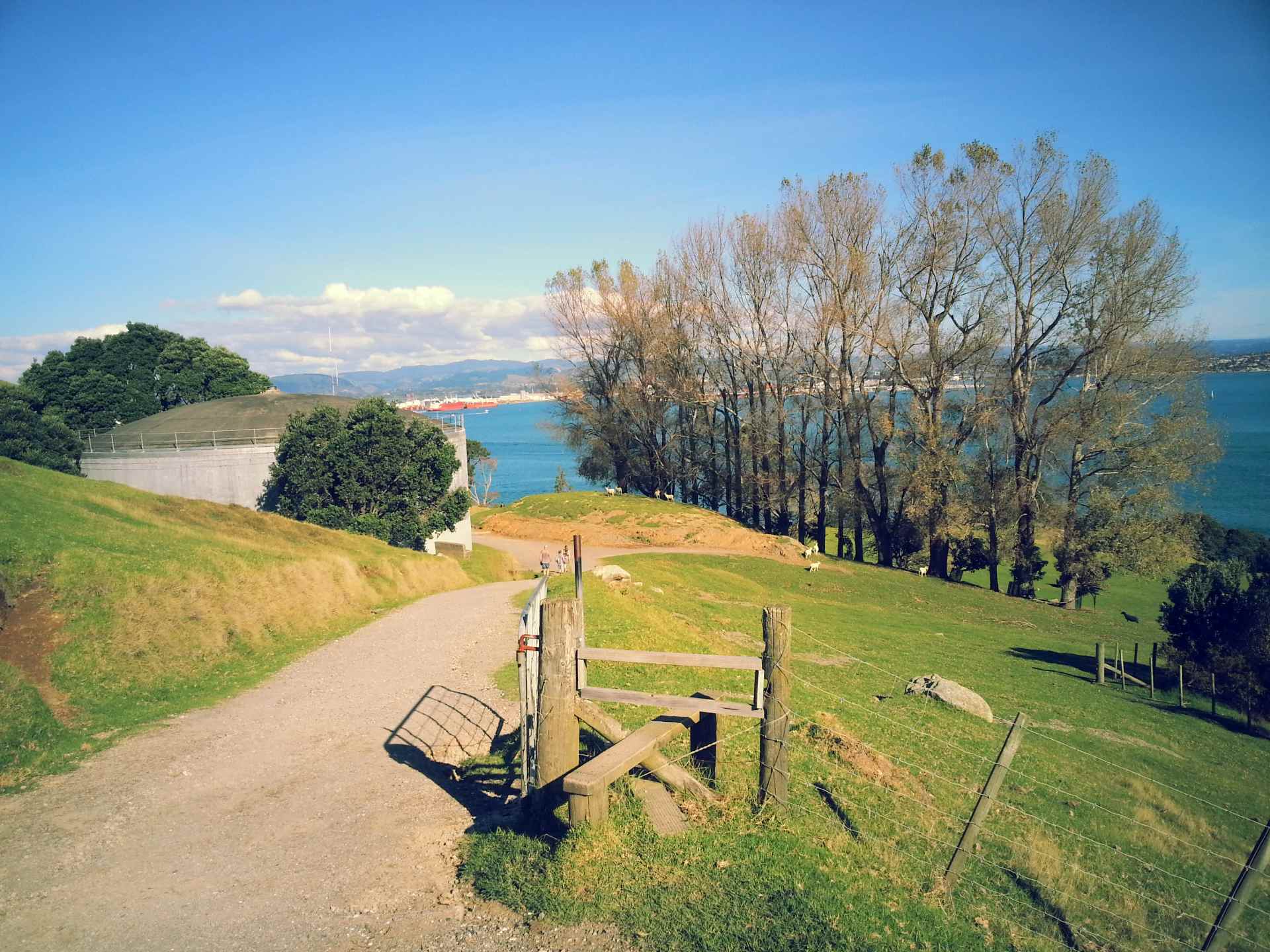
But as we reached the summit, the wind met us like an old friend. It swept across the bluff, tangled our hair, and gently carried away the fatigue that clung to us. Below us, the sea met the sky in a palette of silvers and soft greens. The Bay of Plenty stretched endlessly, cradling sleepy coastal towns beneath skies that promised calm.
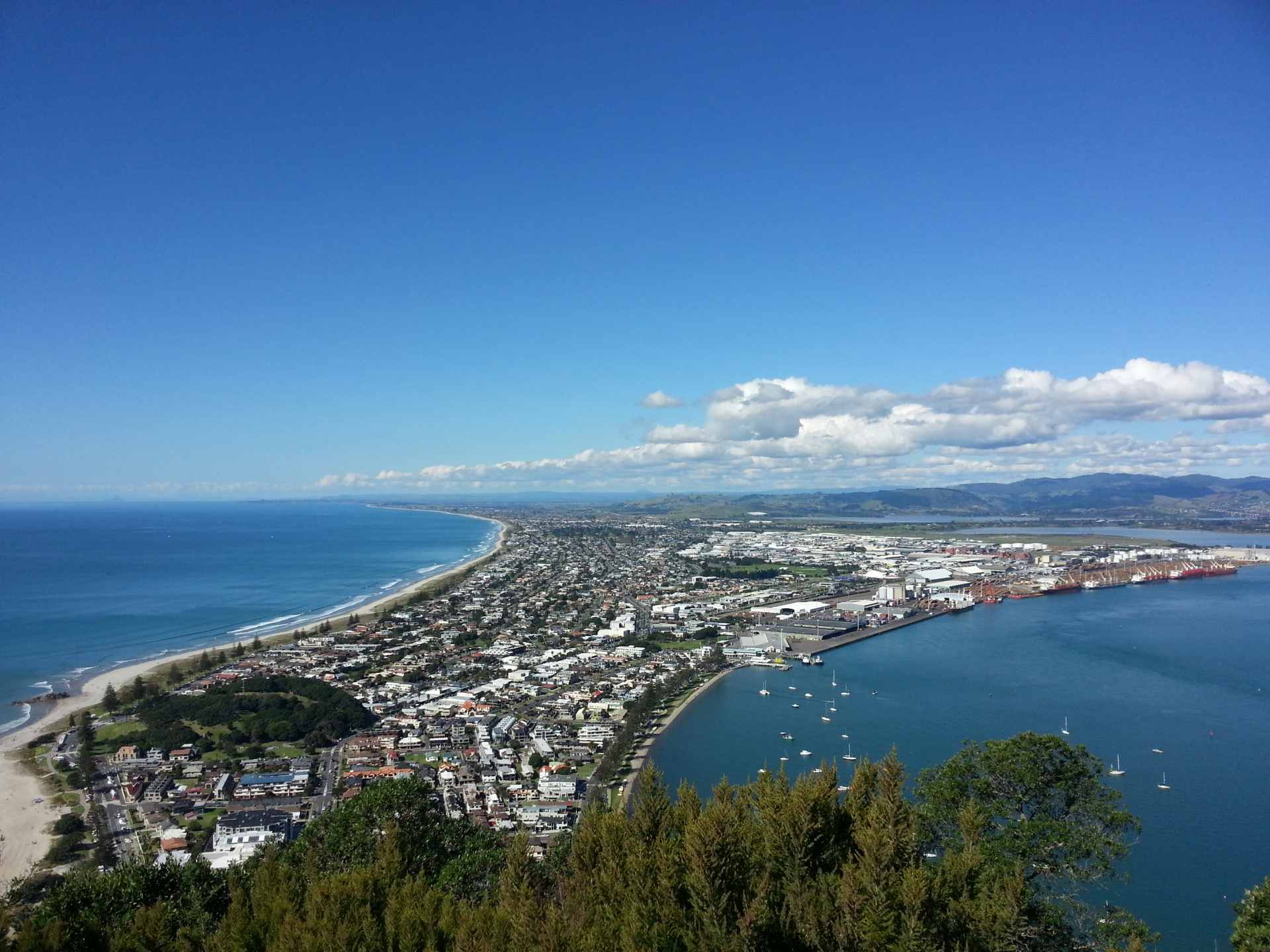
At the base of the hill, we rewarded ourselves with a small local ice cream, melting faster than we could finish it — laughter spilling over like syrup on warm cheeks.
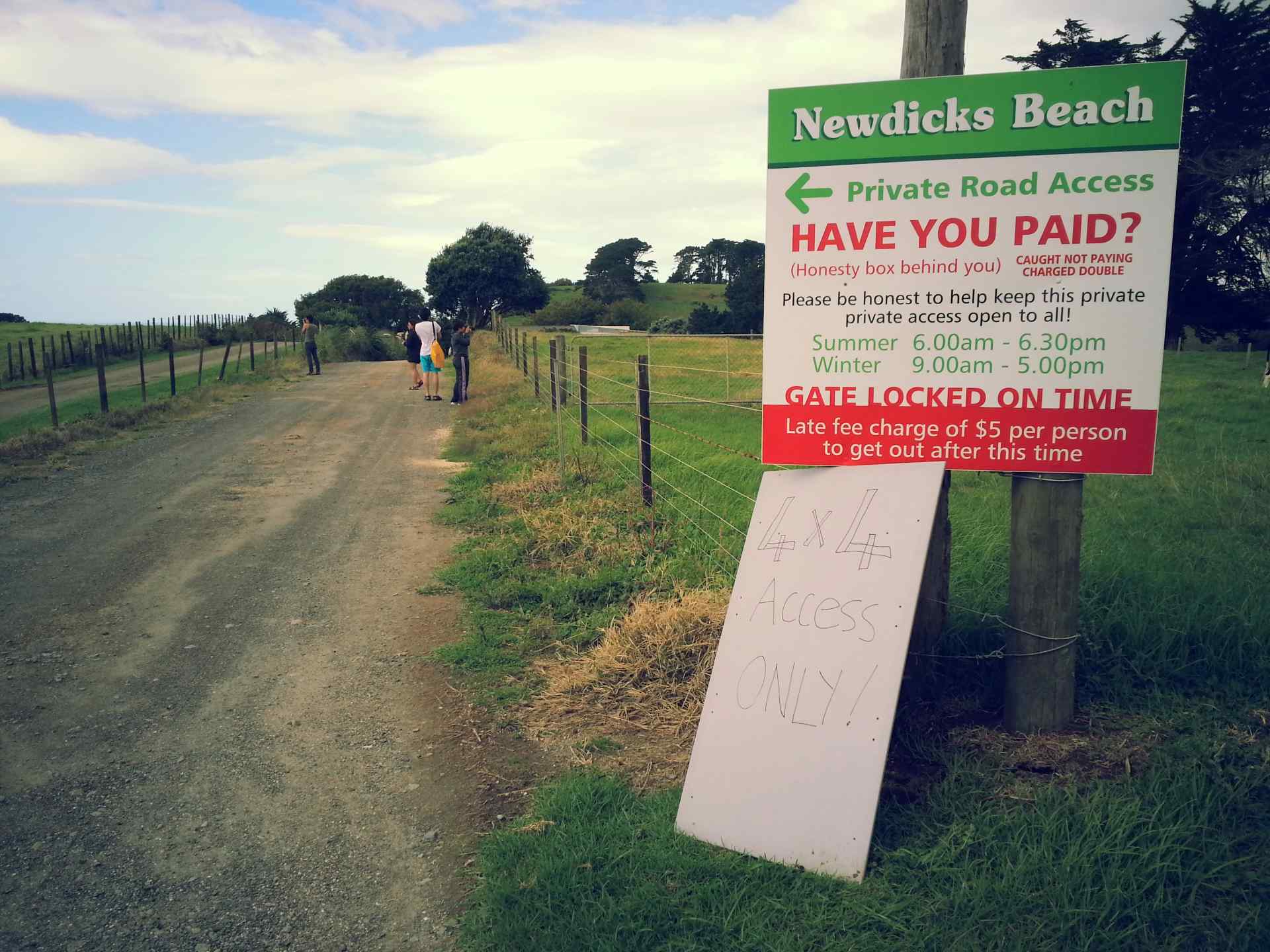
Later, we wandered to Newdick’s Beach, a quiet strand where it felt like the world had forgotten to be busy. We walked barefoot on the sand, spoke less, and listened more — to the sound of our hearts syncing with the waves.
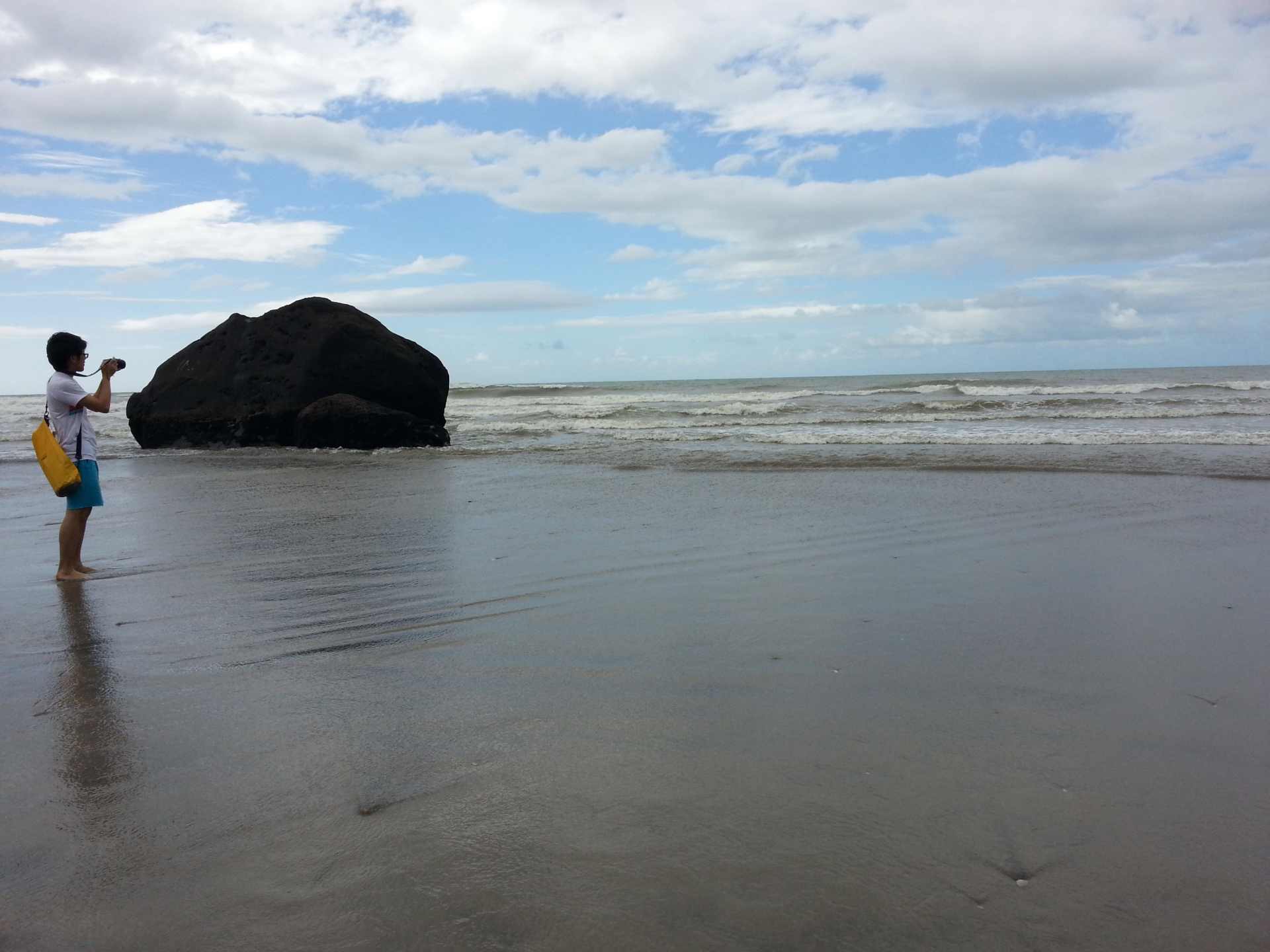
And just when we thought New Zealand couldn’t surprise us more — it did.
We were sitting on the roadside near a sleepy residential corner, deciding which way to head next. My girlfriend and I were chatting softly when two local kids — no older than twelve — strolled past us with two dogs in tow. They paused, eyes curious and voices gentle.
“Are you okay? Do you need help?” one of them asked.
That moment, brief but sincere, stays with me like the taste of salt on the sea breeze — a country where kindness walks on footpaths, even in the smallest souls.
🌋 4. Into the Fire: Tongariro Crossing
In 2014, the Tongariro Alpine Crossing was already whispered among travelers as one of New Zealand’s finest one-day treks — and I now understand why those whispers always carried a hint of reverence.
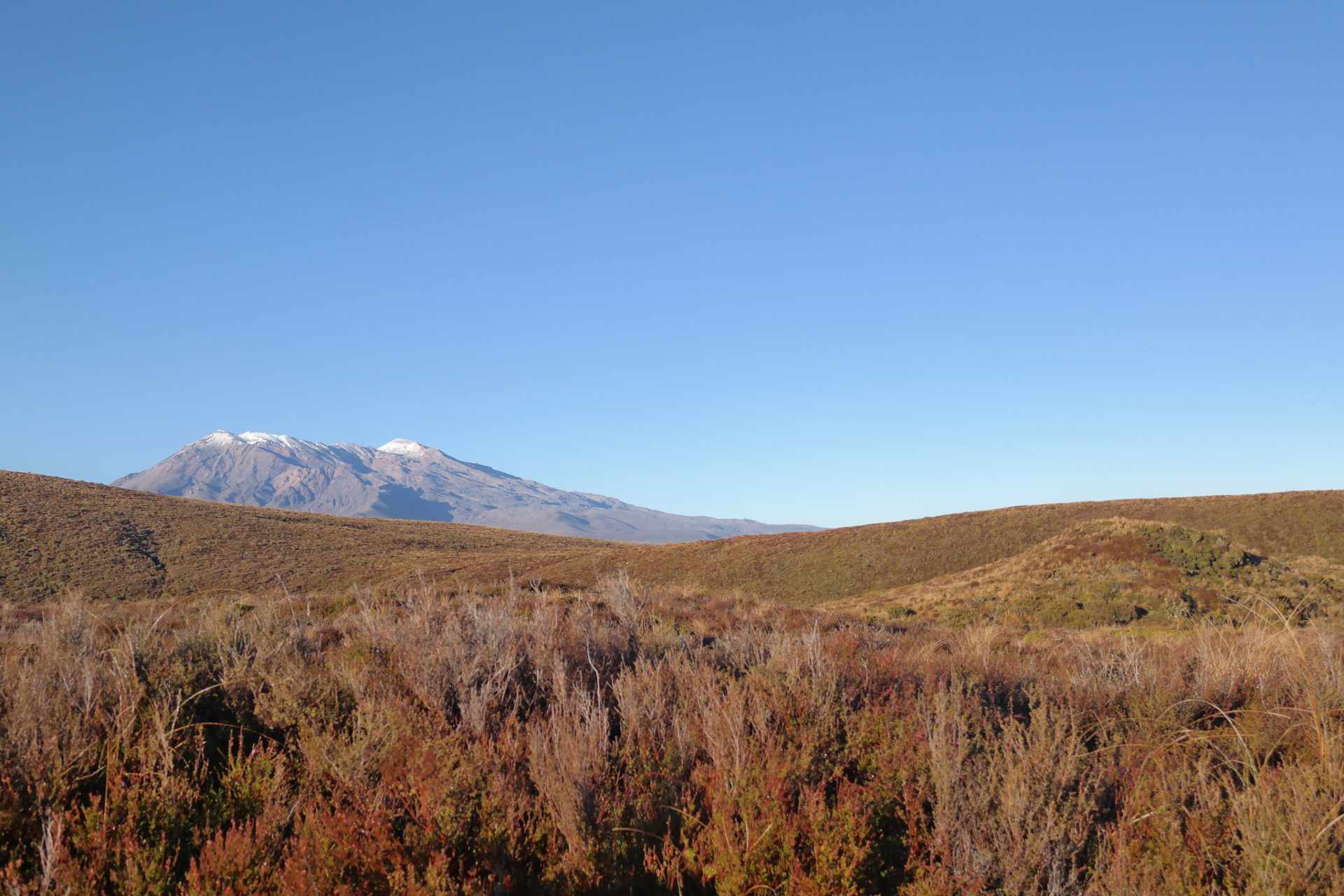
Our travel of Tongariro began from Mangatepopo Road, backpacks light but spirits full. The early trail was almost deceiving — a flat stretch of well-tamed earth leading us gently toward the alpine heart of the island. The air was crisp, the path welcoming beginners like us, and we followed it faithfully like pilgrims inching toward a promised wonder.
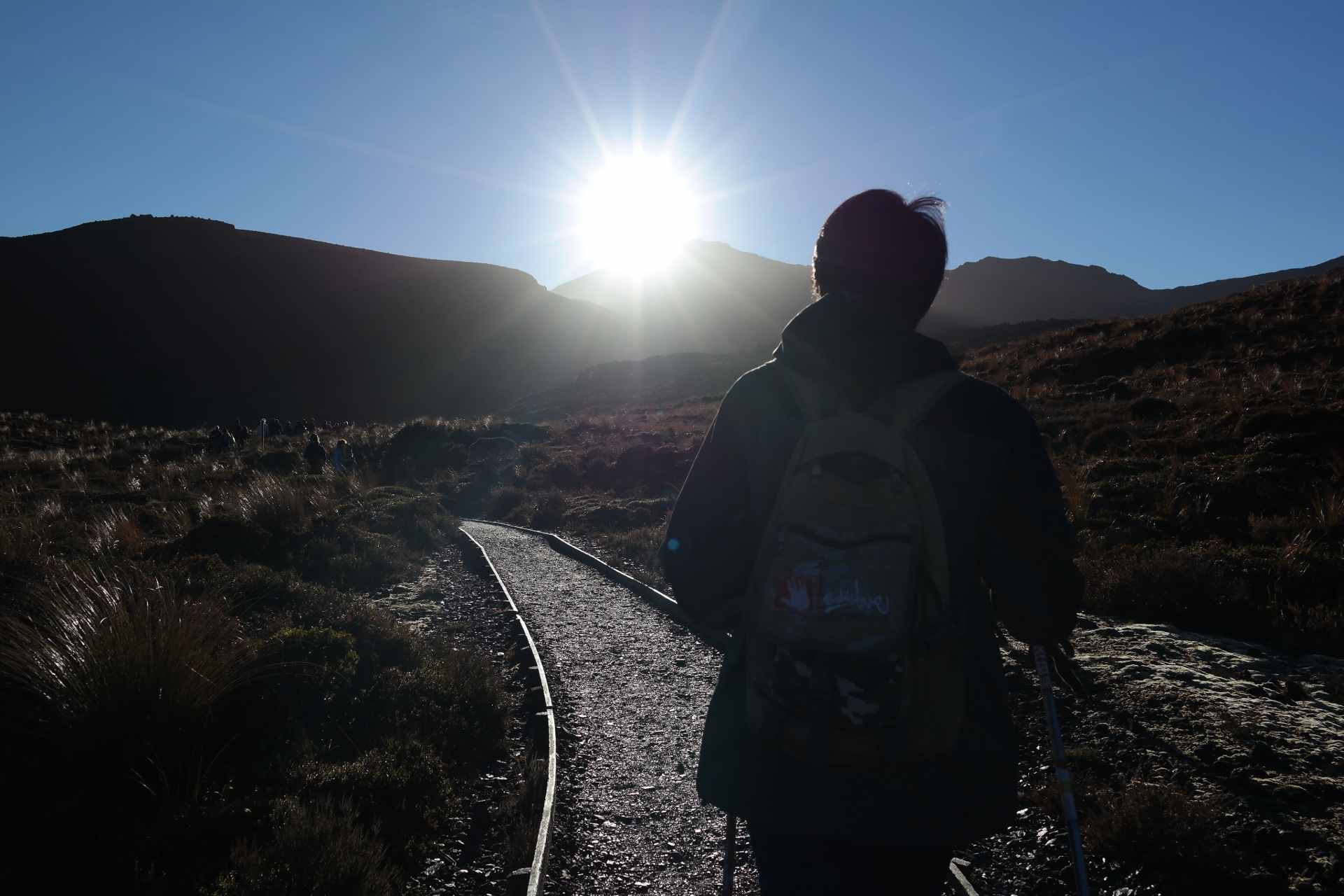
Soda Springs was our first checkpoint, reached within an hour, thanks to the flat and well-maintained track. Though tempted by the detour, we pressed on — our schedule dictated by a pre-arranged pickup. We were not explorers that day, we were racers against time.

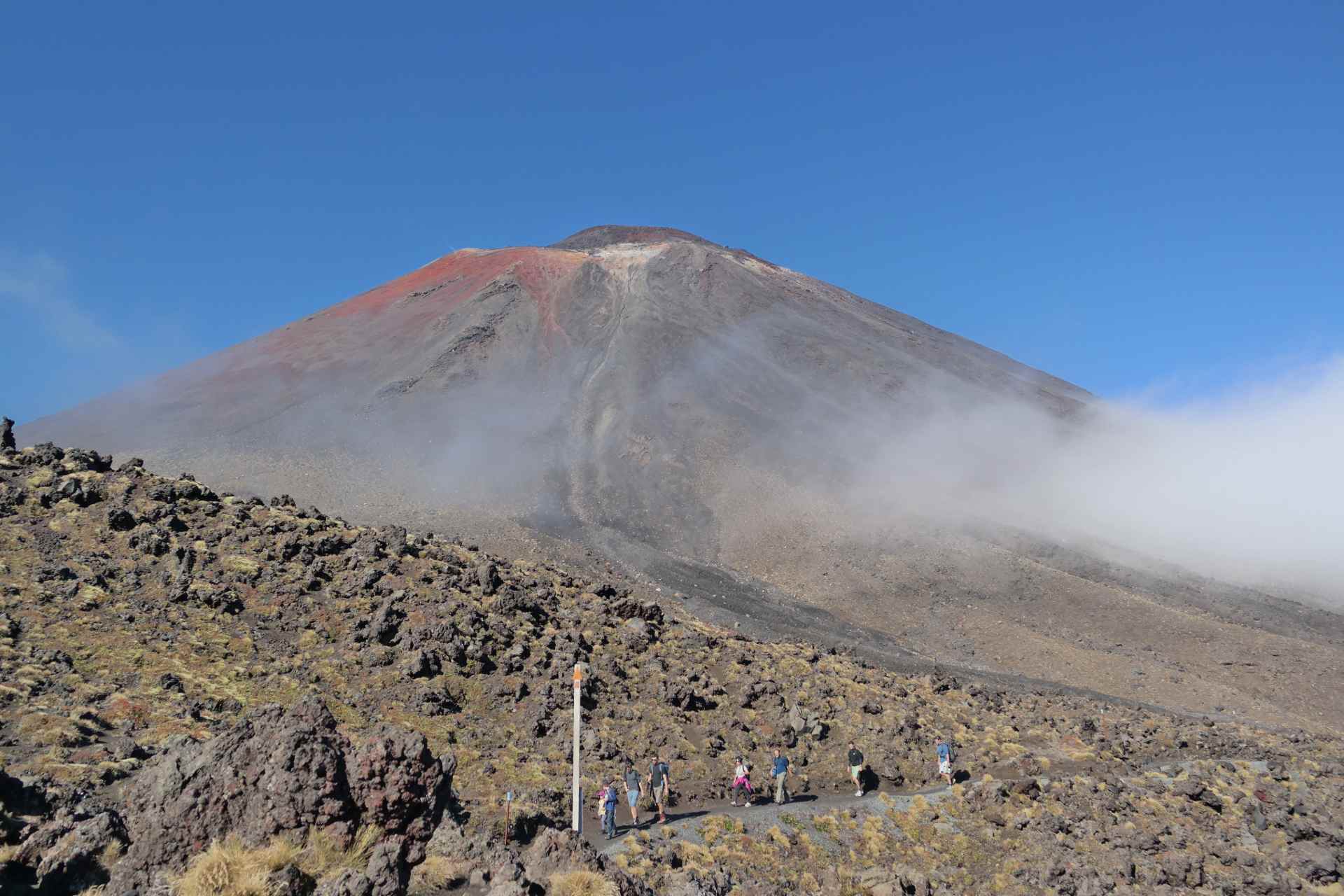
As we climbed higher, the ground shifted beneath our shoes — gravel thickened, wind sharpened, and the world below began to disappear into mist. Just around noon, we arrived at the Red Crater lookout, the very crown of the journey.
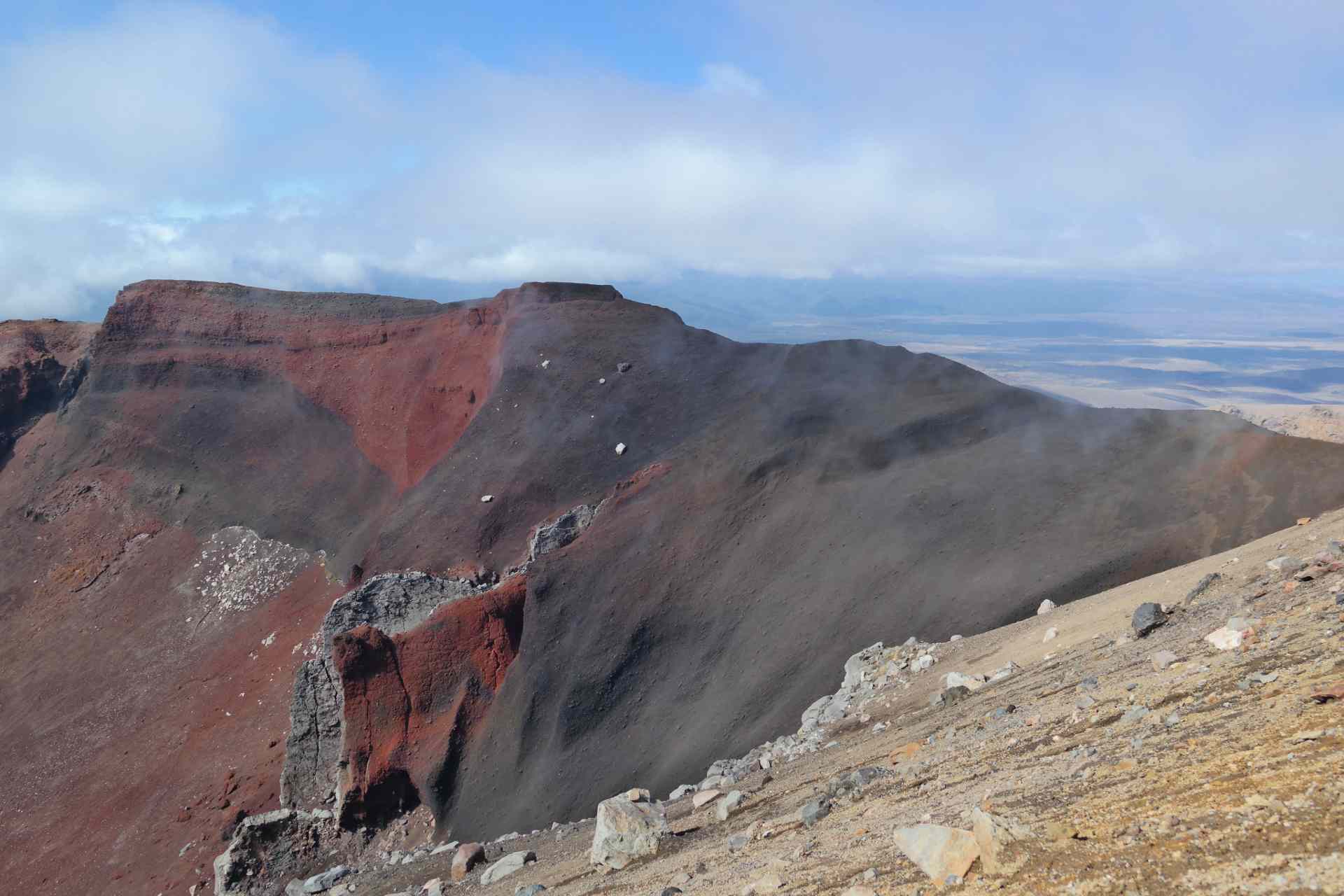
Hikers from every corner of the globe huddled here, resting on rocks still warm from the living breath of the earth. We sat, unwrapped our humble lunch of sandwiches, energy bars, and cheap isotonic drinks, and let the scent of sulfur and steam wrap around us. The air smelled of volcanoes — hard to describe, but unmistakably alive. A mix of hotspring heat, ash, and time.
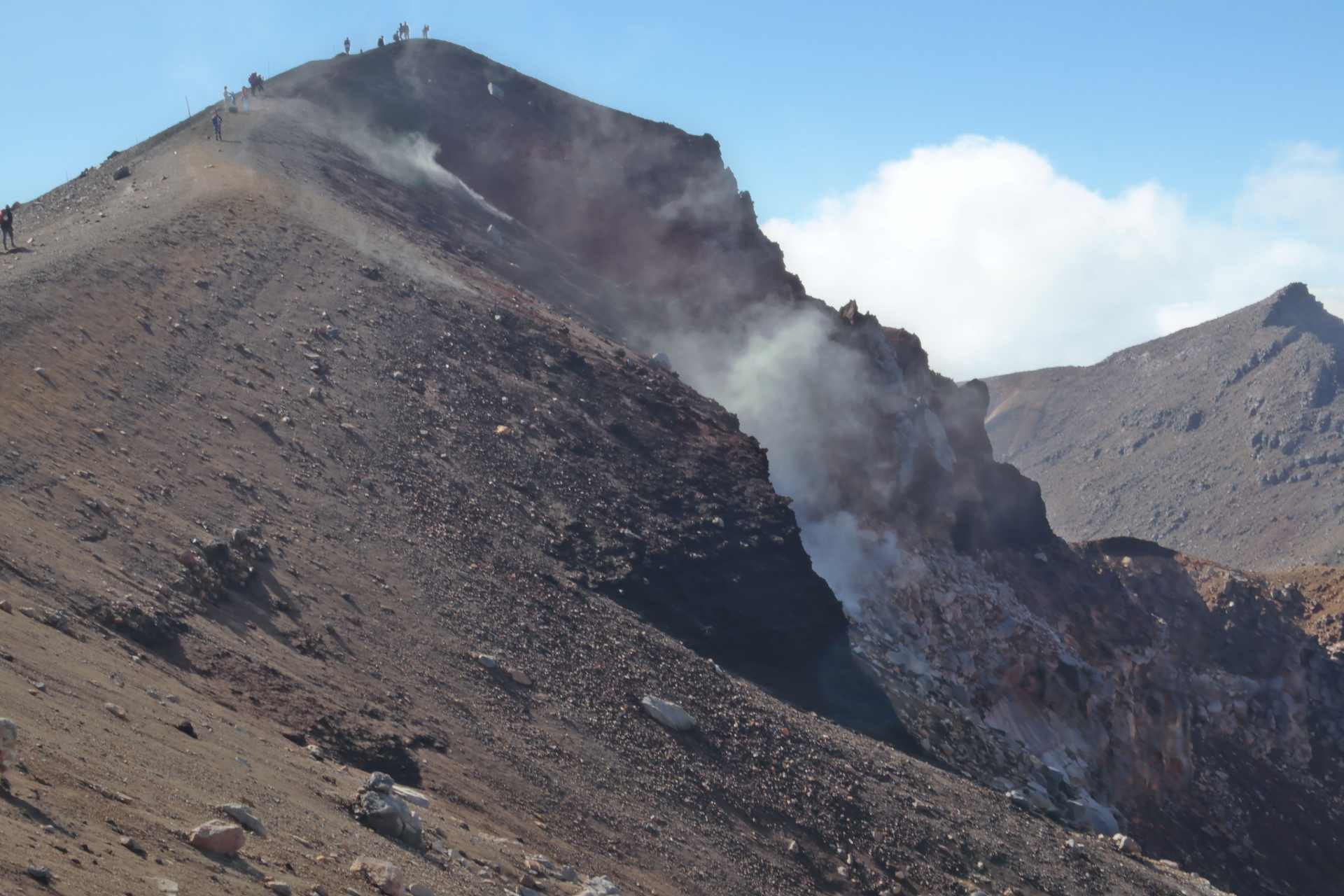
Then came the descent — the most thrilling part.
The path toward the Emerald Lakes was a steep dance over volcanic scree, as though the mountain wanted us to slide into its beauty. The ground was loose, soft, and demanded a kind of caution that was half technique, half trust. Below us, the lakes glowed — unreal shades of jade and turquoise set in blackened earth. I still remember pausing there, not just to take photos, but to memorize the feeling. It was the closest I had come to another planet. Although it sound dangerous, but it is dangerous, opps!
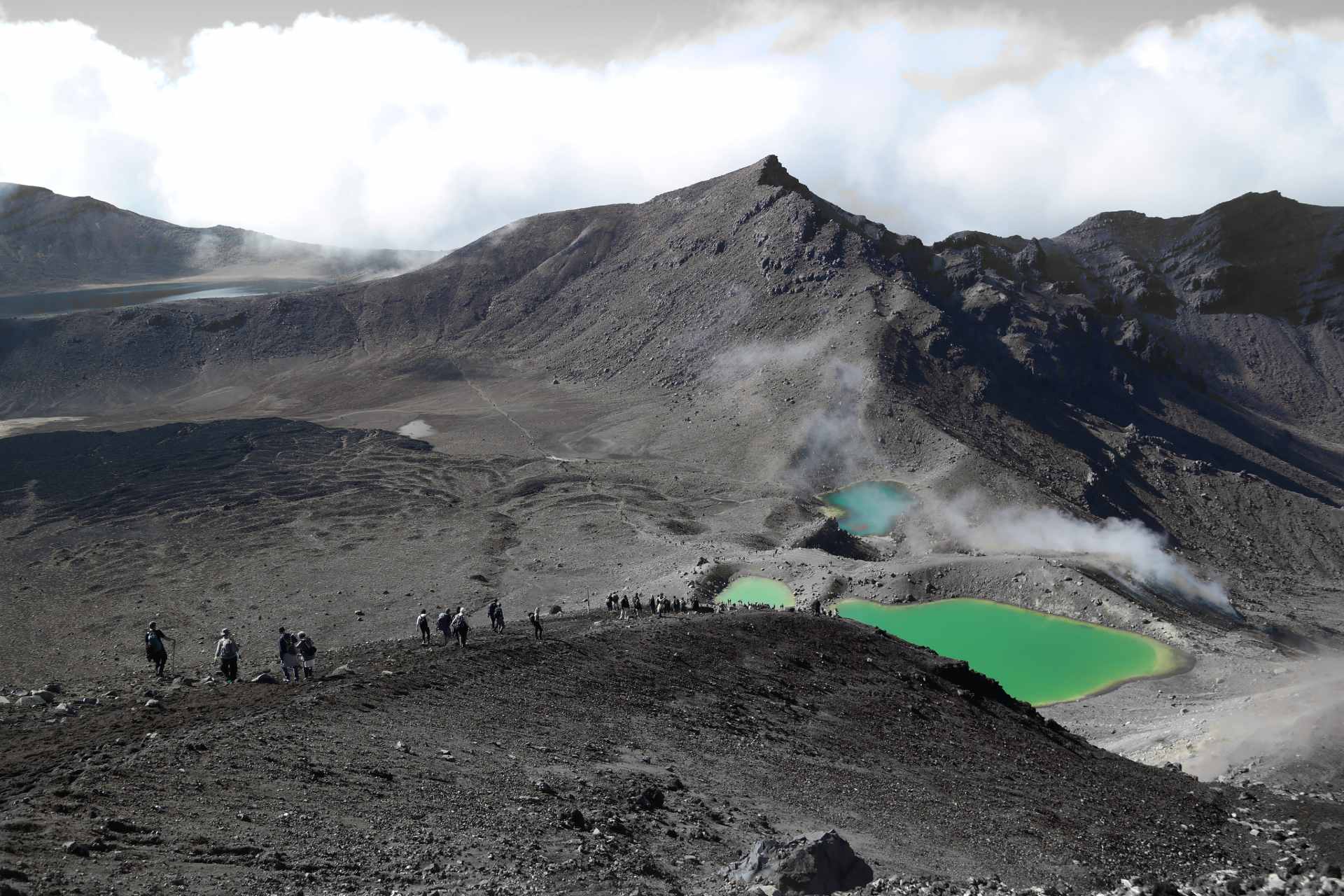
We passed the Blue Lake, more serene but no less sacred, and that’s when time turned on us.
A sign appeared, stark and indifferent: 6 kilometers to the car park. Recommended walking time: 90 minutes.
Our bus was leaving in 60.
And so, we ran. Not a gentle jog, but an all-out mountain-side dash, through rocky descent, forested edge, and slippery bends. I don’t remember talking. I only remember breathing, and the pounding of footsteps that felt both desperate and alive.
After 30 mins of running, this was not what we expected.
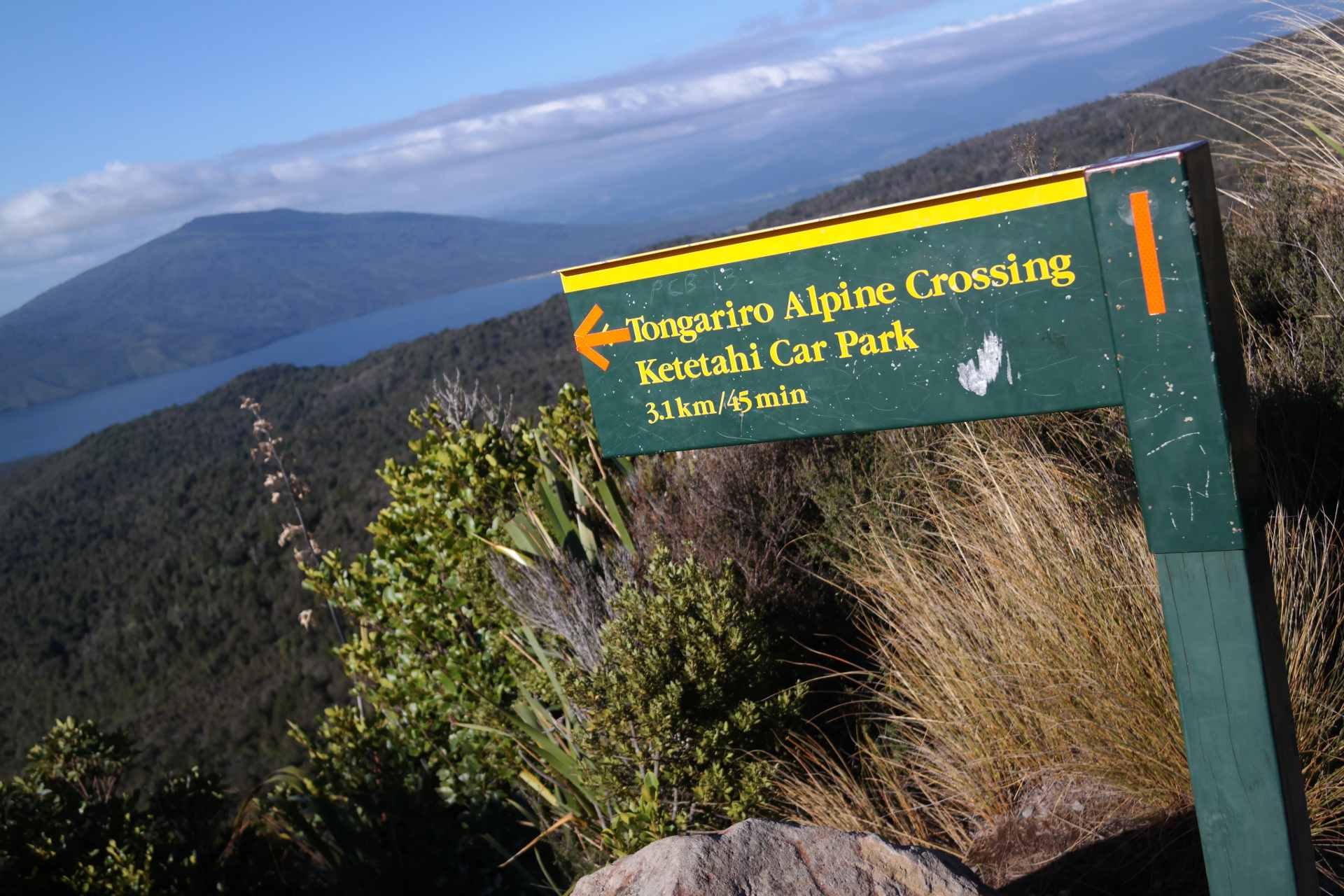
So… We continue to run. Somehow, miraculously, we reached the bottom — just as the engine started.
That night, we collapsed into sleep with sore muscles, sun-kissed faces, and the memory of a landscape that had tested us — and gifted us more than we could carry.
Even now, the scent of warm earth and sulfur still drifts back to me sometimes. And I smile.
🚶♂️ 5. Splitting Roads, Shared Memories, and Way to Picton
After weeks of moving as a group of five, the rhythm began to falter.
Job-hunting with five people, in one car, quickly became a delicate dance — too many hopes, too few opportunities, and far too many compromises. The road wasn’t meant to be walked shoulder to shoulder forever.
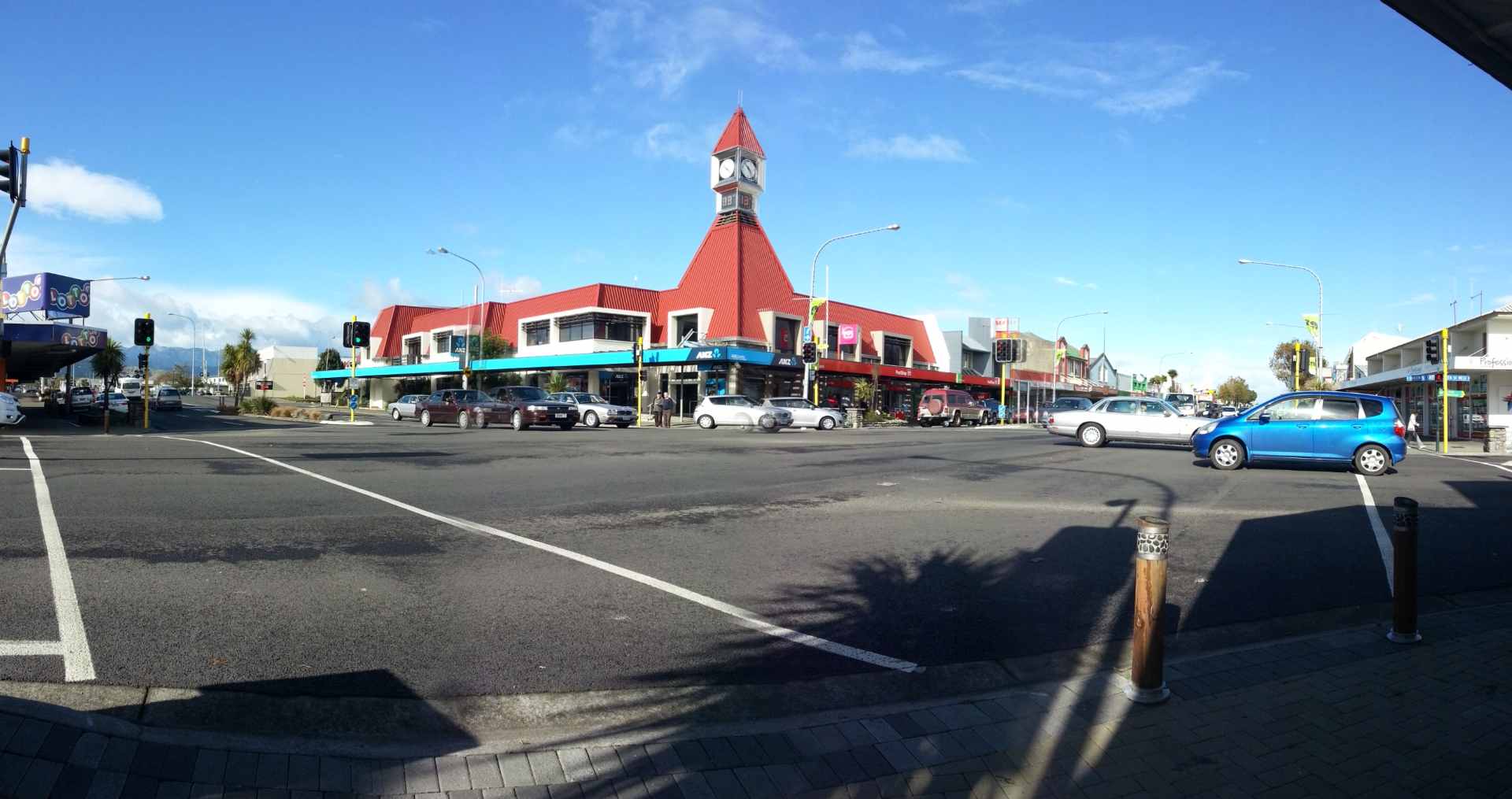
And so, in Levin — a quiet town with tired clouds and long shadows — we made a gentle decision. With our backpacks zipped and two smaller bags in hand, we hugged our friends goodbye, leaving the shared car and the shared path behind.
A fish and chips meal — greasy, comforting, final — was our farewell feast.
We boarded the bus southward to Wellington, just the two of us now. The capital city glimmered on the horizon like a punctuation mark. A pause before something new.
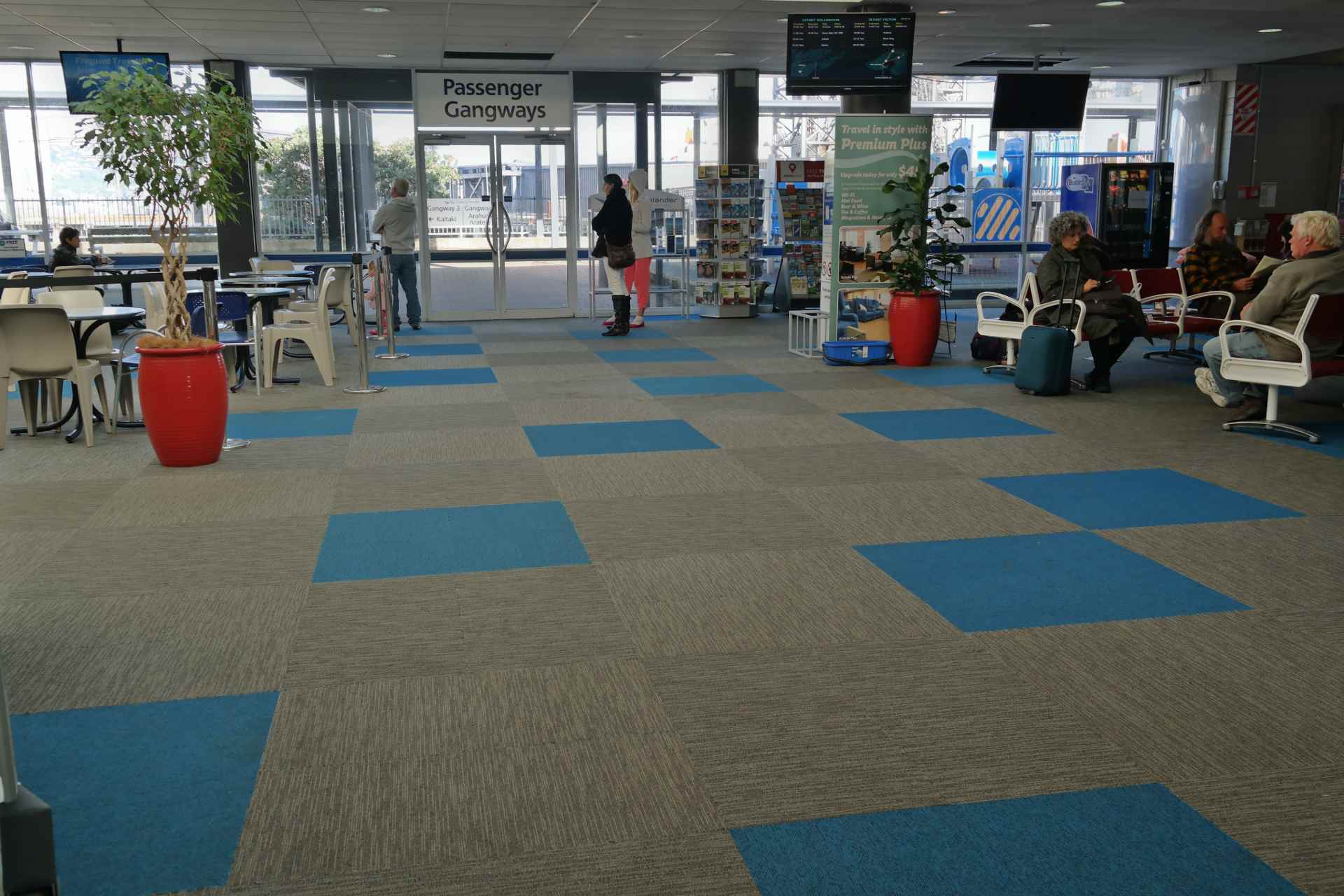
From Wellington, we caught the Interislander Ferry — the only way to cross the Cook Strait, a restless corridor of wind and sea. The moment the ferry pushed away from the harbour, the calm vanished. The boat swayed and lurched with dizzying defiance, and I found myself closing my eyes, surrendering to sleep, letting the sea rock me like some reluctant lullaby.
Only when we reached the arms of Queen Charlotte Sound did the water breathe more gently.
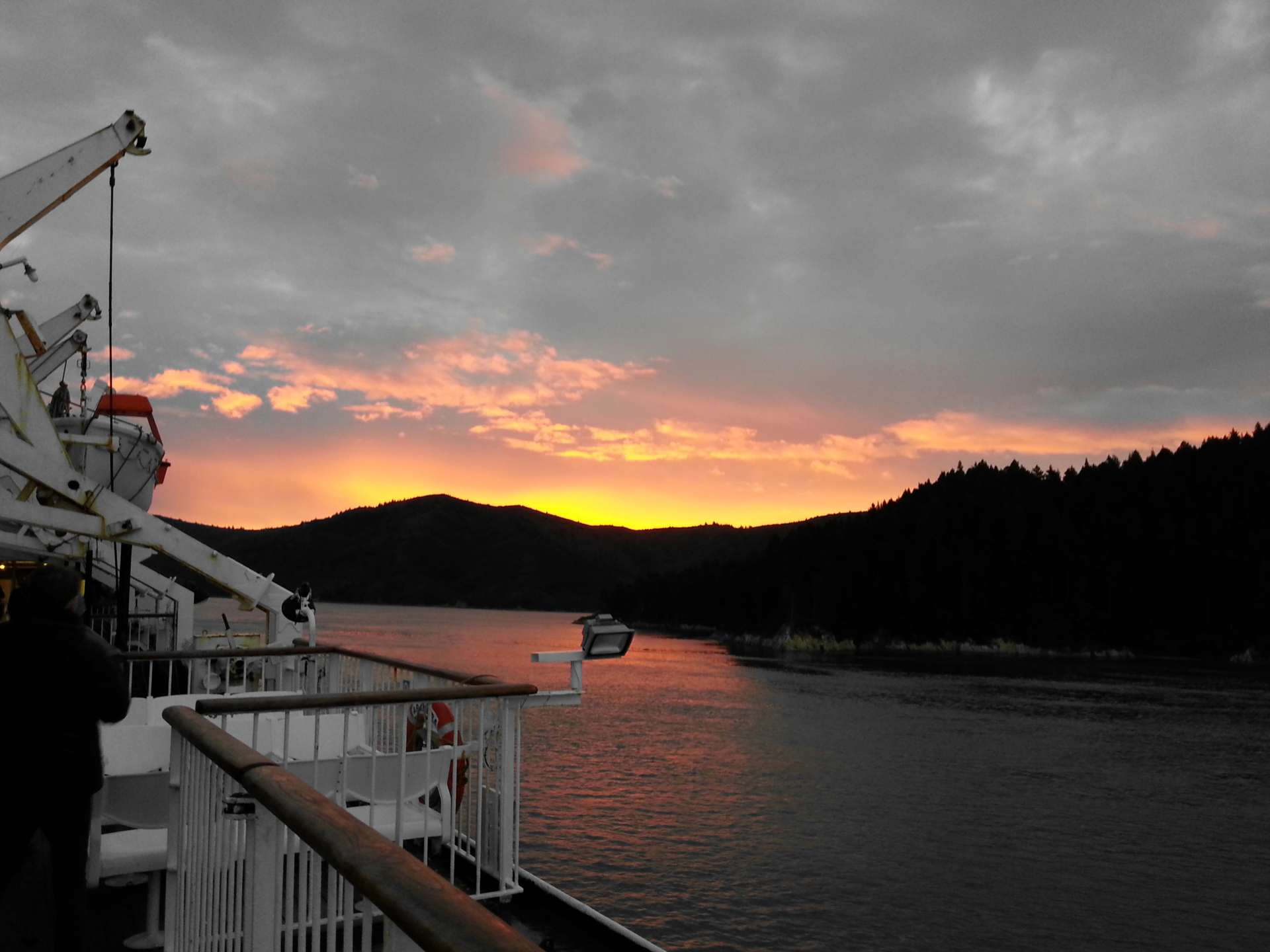
The shaking ceased, and through drowsy eyes, I opened a window to a new world — misty fjords, lush hillsides, and a coastline that looked like it had been painted in watercolour. Peace had returned.
We arrived in Picton, the first town of our South Island chapter. Small, sweet, like a secret kept in the mountains. The kind of place that makes you whisper, even if no one’s around.
We stayed at Atlantis BBH, a quirky name for a place that felt like it floated slightly above the earth. The house was wrapped in warmth and smell of toast. Travelers gathered quietly around shared tables, and in the park nearby, we walked without any rush — just to feel our feet on new ground.
The next morning, we continued to Blenheim by bus, heartened by the slowness, ready for stability.
We settled into a shared house with a few Chinese tenants — strangers who became neighbors, neighbors who became fragments of our story. Blenheim, with its sunlit vineyards and stillness, would be our home for the coming months.
And just like that, the South Island welcomed us.
Not with fanfare, but with space, grace, and a whisper that said, “take your time.”